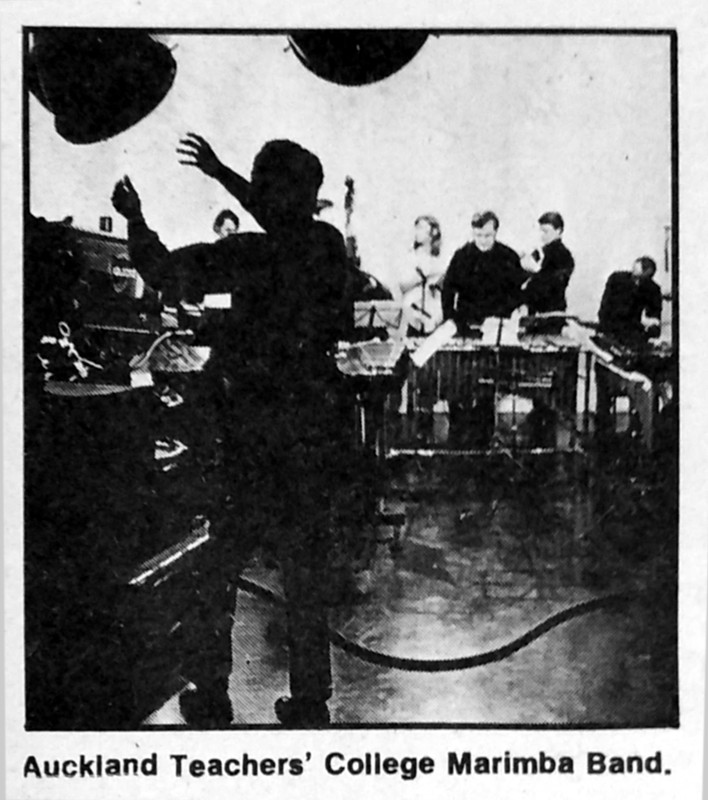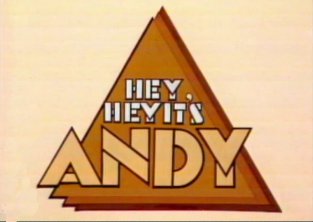An afternoon magazine show produced in the four main centres with some shared content.
AKTV4: Presenter Sonia King, producer David Hardy.
WNTV1: Presenter Irvine Lindsay producer, Tony Groser.
CHTV3: Presenter Julie Cunningham, producer Bill Taylor
DNTV2: Presenter Eileen Cook, produced by Ian Richards
with Max Cryer reporting from Hollywood.
Achieving excellence -On a Shoestring
Originally published in the New Zealand TV Weekly, July 3, 1967
While revealing that the newly-launched ON CAMERA women's programmes operate on "mini-budgets." HANNAH TEMPLETON maintains that few NZBC shows offer their "front" personalities such unique opportunities...
If anyone does not believe that the NZBC has to run things on a shoestring, he (or she) should take a look at the team at each channel which is mounting the special new On Camera programmes for women. Twice-weekly shows have to be cooked up by the "front" personality, producer and assistant.
Admittedly, material will be exchanged between channels to help pad out the 30 minutes - but those with experience know what a complex task it is to prepare and present even one 30-minnte show a week, let alone two.
Prestige documentaries such as Compass have, by comparison, massive resources to call on.
Perhaps it is not surprising that the new programmes have been slotted in at about 3.30 p.m. which a number of critics have attacked as being a most unlikely time for such a programme, when mothers will be picking up children from school, revictualling others and getting the master’s chuck wagon under way (as one critic put it).
Whatever the disadvantages, and discounting the possible uneven quality of the first few shows, the four women who are “fronting” the new programmes deserve a credit mark for tackling them.
The four met in Wellington before the programmes got started to compare notes, make a publicity appearance and no doubt get brainwashed.
When they met the Press however, they showed little evidence of the last process. In fact, each had a remarkably lively and individual personality.
The four share varied backgrounds in radio and television.
Interesting, too, that three of them are South Islanders born and bred. The fourth, Eileen Cook, though born in England, is a South Islander by adoption.
Each is expected to inscribe her particular personaliity on her programme, although the format of each will be roughly similar. The aim is to keep the appeal of the programme sufficiently broad, not merely to restrict it to a sort of “woman’s page” or gossip column in a newspaper, but to project it to the wider audience that takes in afternoon Viewing. There will be interviews and demonstrations, with the flour not only supplying continuity, but taking part in the items.
Undoubtedly the programmes constitute a challenge, not only to each production team, but to Prudence Gregory who has the overall responsibility for launching them.
It’s a challenge to the four Women chosen to» present the programmes to develop a style of their own, and to build up a programme that will be talked about and attract growing audiences.
My guess is that viewers-even the limited numbers who can take in afternoon programmes-will be captivated by the talent and charm of the four NZBC selected from hundreds of applicants for the job.
And I wouldn’t be surprised if at least one or two of them graduate to shows for peak-time screening in the evening.
Production report
From the NZ Listener, November 1, 1971
By Arthur Baystring, Pictures: Robin Morrison
Upstairs, in Studio Two, producer Michael Hockley is going through a complete rehearsal of the day's On Camera which begins screening at 2 p.m. During the morning there has been more rehearsing and taping interviews for use on the programme.
On Camera's accent, says the producer, is on variety. There's quite a bit of serious stuff, like discussions an women's lib and so on. but there's a lot of ligher stuff.
One segment of the afternoon's programme is concerned with slimming and grooming. This is presented to the viewer in a rather complicated way. Four women, aged between 20 and 50 and weighing from 11 to 20 stone, have volunteered their services. Part of the On Camera budget has gone into a full-scale health course for them, involving marriage, sauna, deportment, speech exercises and basic wardrobe. Thus, each week, viewers can see largesse turn into finesse.
The series has proved popular with viewers and some results have been spectacular. In an earlier series one volunteer went from 20 to 14 stone in the 14-week period.
On Camera also features a lot of musical items. Michael Hockley says it serves as an important outlet for musical talent. Happen Inn offers exposure to a certain type of music but there would otherwise be little chance of television exposure for music of a broader appeal.
He often films folksinging items which are shown either as On Camera inserts or fillers. On today's On Camera a man demonstrates an instrument he made by hollowing out a carrot and inserting a clarinet mouthpiece in the end. As an encore he repeated the feat with a pound of good kiwi butter.
Later in the afternoon Michael Hockley produces a slightly more orthodox musical item involving the piano, drums, guitar, trumpet, xylophones and glockenspiels of the Auckland Teachers' College Marimba Band.




Comments powered by CComment